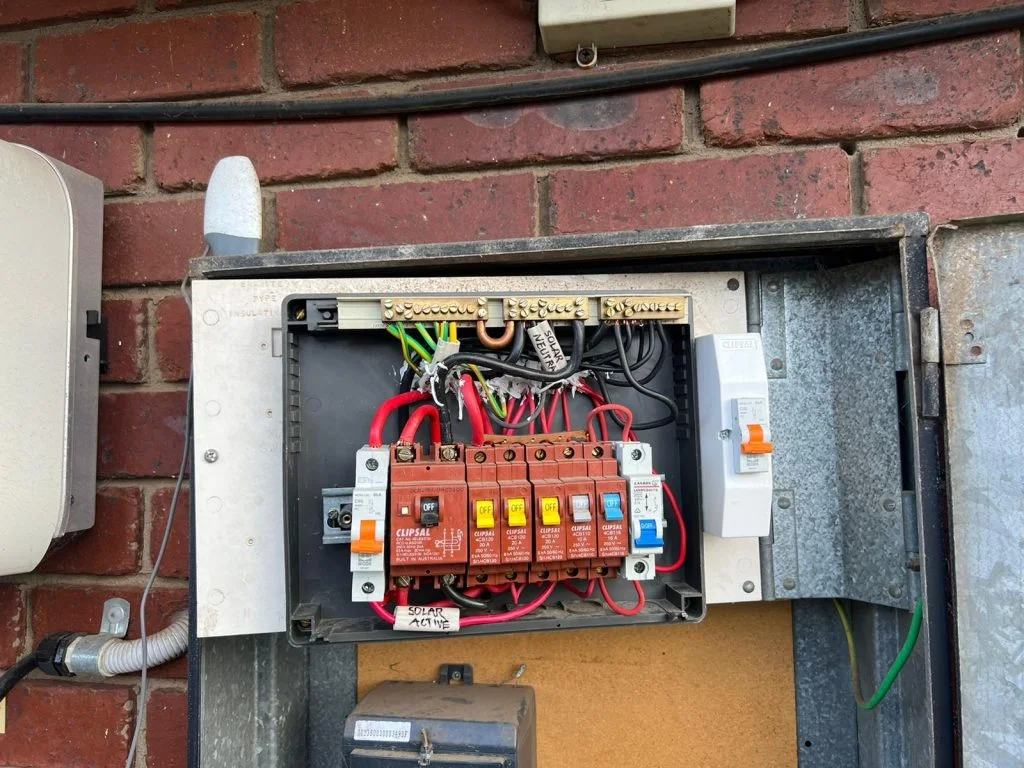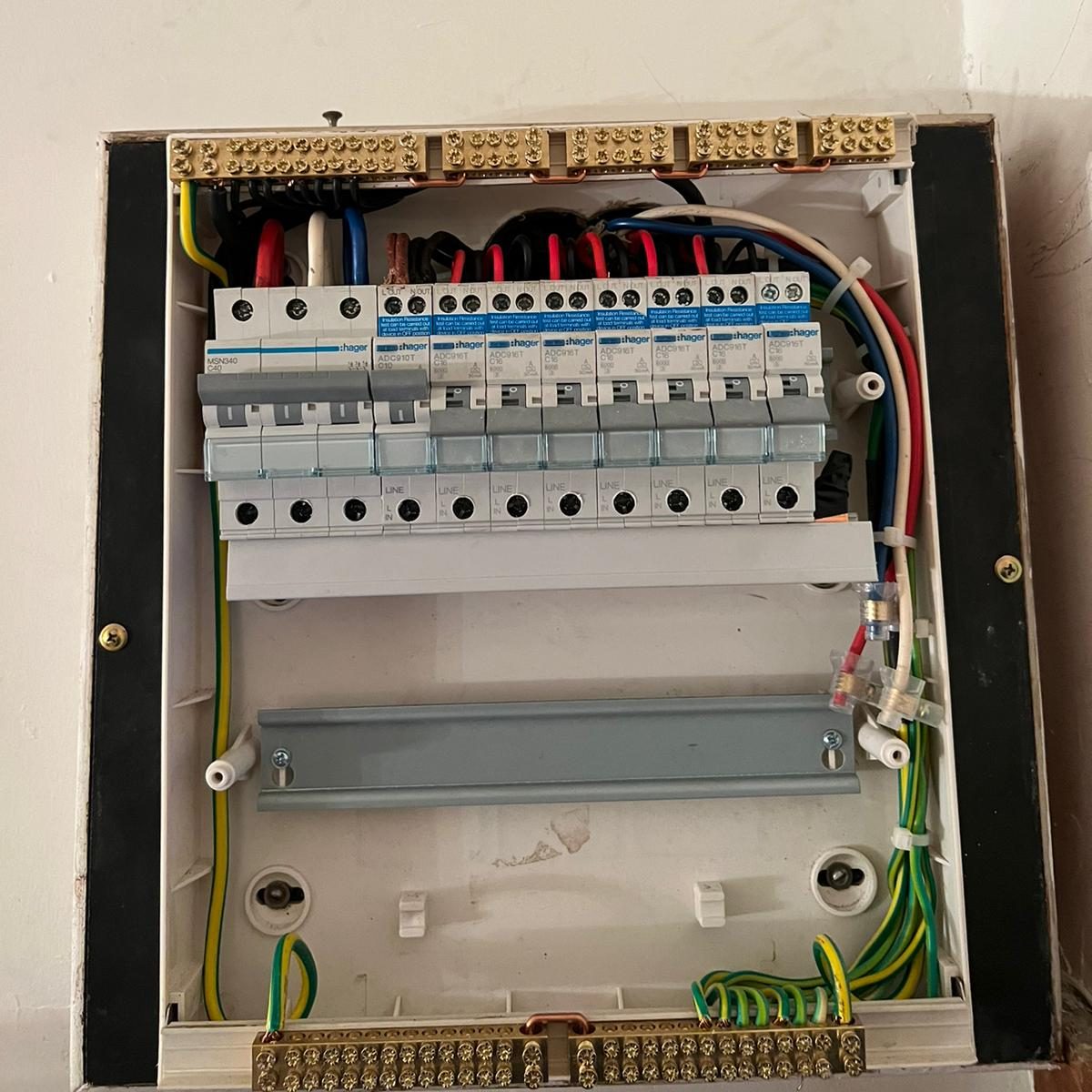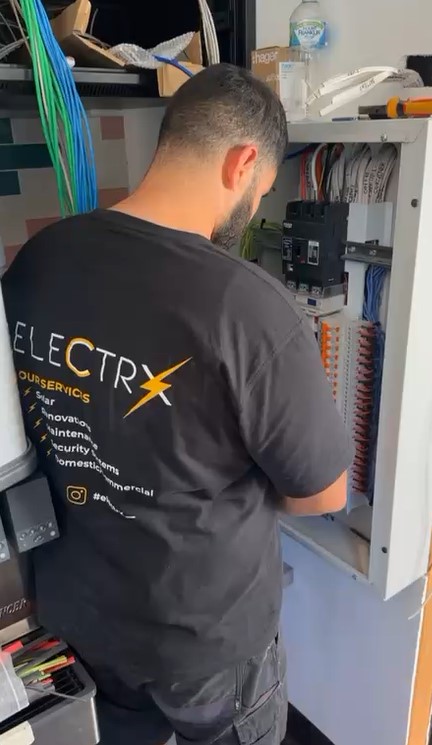Understand the Root Causes of a Blown Fuse Box and Their Implications
A fuse box can fail for a variety of reasons, including overloaded circuits, short circuits, faulty appliances, or the natural wear and tear associated with ageing components. Specifically, older fuse boards, particularly those featuring ceramic fuses, are more susceptible to breakdown as they age. The occurrence of a blown fuse acts as a vital alert that the electrical system has surpassed its safe operational limits, making it imperative to conduct an immediate inspection to prevent further complications and hazards.

A Blown Fuse Box: A Serious Electrical Concern Beyond Just Power Disruption!
Residents in Melbourne’s western suburbs frequently contact us during unexpected power outages. Whether the root cause is charred wiring, melted electrical tape, or recurring circuit trips, grasping the underlying issues is crucial for safety. This article aims to deliver a detailed examination of the potential problems that could be compromising your electrical system. Furthermore, we will provide essential steps you can take to restore both safety and functionality in your home environment.
1. Spotting the Warning Signs of a Blown Fuse Box
While not every power outage directly points to a malfunctioning fuse box, there are specific warning signs that you should remain alert to. These signs encompass:
- Partial or complete power loss throughout your residence
- Inability to reset one or more circuits after they have tripped
- Burning plastic odour near the fuse board, which can signify potential overheating
- Visible black markings or melted plastic around the fuses, indicating damage
- Ceramic fuse wire that has snapped or completely disintegrated
If you find yourself uncertain about the state of your fuse box, our Emergency Electricians are prepared and available to inspect, repair, or safely replace any defective components. This ensures that your electrical system operates effectively and, most importantly, safely.
2. Uncovering the Common Causes of a Blown Fuse
Overloading Circuits with Multiple High-Power Appliances
Utilising numerous high-draw appliances on a single circuit can easily exceed the fuse’s amp rating. For example, operating your oven, kettle, and toaster simultaneously can result in an overload scenario. This situation places excessive strain on the fuse, heightening the risk of it blowing and potentially leading to a fire hazard.
Short Circuits Due to Damaged Wiring
A short circuit can occur if there is damaged wiring or a malfunctioning appliance that redirects electrical current away from its intended route. This can lead to an immediate fuse blow or a circuit breaker trip, creating a perilous situation that demands urgent intervention from a qualified electrician.
Degradation of Components Due to Age
As time progresses, older ceramic fuses may undergo corrosion, loosening, or overall deterioration. The accumulation of heat from inefficient electrical flow can ultimately cause the fuse to burn out, signalling an urgent need for replacement and potential upgrades to modern standards for enhanced dependability.
Problems Arising from Incorrect Fuse Wire Installation
It is not uncommon to encounter incorrect wire ratings during fuse installations—either using wires that are too weak, which leads to frequent blowing, or too strong, which poses considerable dangers by failing to properly safeguard the circuit. Ensuring the correct type of fuse wire is installed is essential for both safety and optimal performance.
-
 Old Ceramic Plugs
Old Ceramic Plugs -
 Now Upgraded
Now Upgraded
3. Evaluating the Safety Features: Ceramic Fuses Versus Modern Circuit Breakers
If your household still utilises ceramic plug-in fuses, it is essential to contemplate a switchboard upgrade. Ceramic fuses possess several drawbacks:
- They are slower to trip in case of a fault
- They are more prone to unsafe bypassing by users
- They are susceptible to user errors, including improper fuse wire installations or inadequate connections
- They provide no protection against electric shocks, thus leaving users exposed to risk
Conversely, modern switchboards incorporate circuit breakers and RCDs (Residual Current Devices). These advanced devices trip automatically and can be reset quickly without the necessity for physical wire replacement. If your fuse box resembles something from the 1970s, it’s definitely time for a Switchboard Upgrade to enhance both safety and reliability within your home environment.
4. Essential Steps to Follow When Experiencing a Fuse Box Issue
If you are facing a simple tripped breaker, you can follow these recommended steps to address the situation:
- Unplug all appliances connected to that specific circuit to reduce the load
- Carefully attempt to reset the switch
- Gradually reconnect items one by one
- If the breaker trips again, leave it off and reach out to us for immediate assistance

What Actions to Take When Encountering a Ceramic Fuse Issue
- Do NOT attempt to replace the fuse wire unless you are a licensed electrician, as this can be hazardous
- Steer clear of any DIY repairs, as they may present safety risks and could be illegal
- Turn off power at the main switch and contact Electrx for professional assistance
5. Our Comprehensive Approach to Repairing Blown Fuse Boxes
Our expert team will initiate the process by isolating the fault and conducting thorough circuit tests using safe, industry-standard tools. Our methodical approach includes:
- Identifying the exact cause behind the blown fuse
- Testing appliances to ascertain if they are contributing to the issue
- Replacing any burnt or damaged fuse carriers
- Upgrading to a circuit breaker or RCBO when necessary
- Issuing a Certificate of Electrical Safety for all completed work to ensure compliance with regulations
If your fuse board is outdated, we will discuss options for modernising it, including the integration of RCD protection and optimising circuit layouts for enhanced safety and efficiency.
When is the Right Time to Contact a Qualified Electrician?
Experiencing a blown fuse once may simply be a case of bad luck. However, if this issue recurs or if your fuse box exhibits signs of significant ageing, it is crucial to take proactive measures. Reach out to Electrx to arrange for a thorough inspection of your system, identify any underlying faults, and ensure the problem is resolved effectively during the first visit. We are dedicated to maintaining your power supply and ensuring your home remains a safe environment.

Request Your Complimentary Quote Today!
Discover Our Free Electrical Inspections

Frequently Asked Questions Regarding Blown Fuse Boxes and Their Associated Issues
Can I replace a fuse wire myself?
NO. In Victoria, replacing or rewiring ceramic fuses is considered electrical work and must be performed by a licensed electrician to guarantee safety and compliance with regulations.
Is a blown fuse dangerous?
Yes, it can be particularly hazardous if the cause is a short circuit or overload. If these issues are not addressed, they can escalate into serious fire risks or electric shock hazards.
What is the average cost to repair a blown fuse box?
Basic repairs generally start from a few hundred dollars. If a complete upgrade is necessary, we will provide you with a clear, fixed quote before commencing any work.
Do you offer after-hours emergency services?
Yes, we provide 24/7 emergency services to address blown fuses and restore your power supply safely and efficiently.
Get Your Free Quote Today!
Inquire About Our Complimentary Electrical Inspections

The Article: Blown Fuse Box: Essential Tips and Next Steps first appeared on https://writebuff.com
The Article Blown Fuse Box: Key Tips and Actions to Take Next Was Found On https://limitsofstrategy.com


You bring up an important point about the implications of a blown fuse box, especially in older homes. I’ve often seen firsthand how an overlooked electrical issue can escalate into something much more serious. Our reliance on technology for daily activities means that the electrical demands on our systems are continually increasing. It’s not just about restoring power, but understanding the safety risks tied to our electrical infrastructure.
You’ve hit on a crucial aspect of electrical systems that often goes unnoticed until there’s a problem. Living in an older home can certainly bring its share of challenges, especially when it comes to electrical infrastructure that wasn’t built to handle today’s technology demands. It’s pretty eye-opening to realize how much we rely on electricity for everything from charging our devices to powering major appliances.
You’ve really captured the essence of living in an older home. It’s interesting to think about how our dependency on electricity has evolved. I remember moving into my place and being surprised by how many things were on just one circuit. It definitely makes you more aware of your energy use, and sometimes I find myself planning my day around when I want to use the vacuum or the microwave.